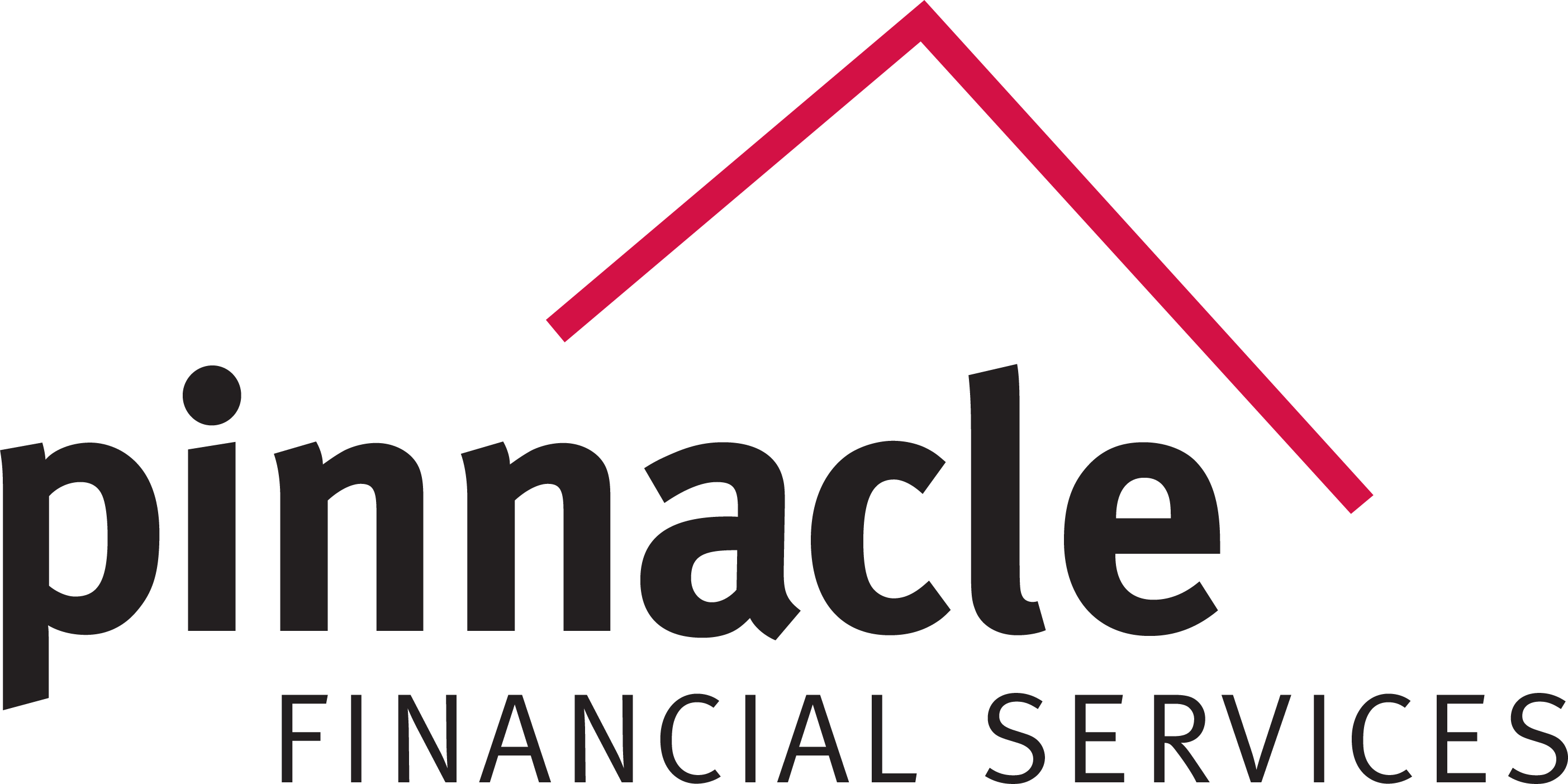
2026 CMS Proposed Final Rule
The Potential Impact of CMS’s Proposed 2026 Medicare Rule on the Healthcare Ecosystem
The CMS 2026 proposed rule that might significantly change the Medicare ecosystem was released by the Centers for Medicare & Medicaid Services (CMS) on November 26, 2024. Although the rule’s stated goals are to improve access, transparency, and beneficiary protections, its implementation may put a heavy load on brokers and insurance carriers, which could very well cause further confusion for beneficiaries and cause disruptions throughout the Medicare industry. With an emphasis on the more stringent Medicare marketing regulations and their unforeseen repercussions, this blog examines the ramifications of these proposed changes.
Key Provisions of the 2026 CMS Proposed Rule
- Expanded Access to Medications
- Coverage for anti-obesity drugs under Medicare Part D and Medicaid for individuals diagnosed with obesity, marking a shift in recognizing obesity as a chronic disease.
- Strengthened Prior Authorization Guardrails
- Proposals include greater transparency in coverage criteria and tighter monitoring of utilization management practices, addressing longstanding concerns about access barriers.
- Enhanced Behavioral Health Access
- Reduced cost-sharing for mental health and substance abuse services to align with Traditional Medicare, including zero cost-sharing for opioid treatment programs.
- Guardrails for Artificial Intelligence (AI)
- New regulations require AI tools to be used in healthcare to ensure equitable treatment and prevent bias in patient care.
- Marketing and Communications Oversight
- Stricter rules on marketing materials and agent/broker practices to protect Medicare beneficiaries from misleading advertisements.
Stricter Marketing Rules: A Closer Look
Key Changes Proposed
- Expanded Definition of Marketing
- CMS seeks to broaden the definition of marketing materials to include general advertisements that mention Medicare options, even if they lack specific plan details. These would now require CMS review and approval.
- Increased Oversight of Advertisements
- CMS received over 1,500 complaints about misleading ads in 2023. The proposed rule mandates pre-approval for more types of marketing materials, aiming to eliminate inaccurate or confusing claims. However, this expanded oversight could create bottlenecks and delays for carriers and agents who already face significant compliance burdens.
- Tighter Agent and Broker Requirements
- Agents must cover additional topics with enrollees, including potential eligibility for Low-Income Subsidy programs and the impact of Medicare Advantage enrollment on Medigap guaranteed issue rights. While this aims to improve transparency, it risks overwhelming beneficiaries with excessive information, potentially leading to decision fatigue.
- Transparency in Marketing Practices
- By broadening oversight, CMS intends to minimize aggressive marketing tactics. However, the increased scrutiny may discourage innovative and personalized marketing approaches that help beneficiaries understand their options.
Implications for Beneficiaries
- Information Overload: While the intent is to empower beneficiaries, the added layers of compliance and disclosure may result in beneficiaries receiving more information than they can reasonably process, increasing confusion rather than clarity.
- Reduced Access to Assistance: Stricter rules and higher compliance costs could deter agents and brokers from engaging with certain populations, potentially leaving vulnerable beneficiaries without adequate guidance.
- Trust Erosion: If beneficiaries perceive the marketing process as overly complex, it could undermine their trust in Medicare programs and insurance providers.
Impact on Insurers and Marketing Organizations
- Increased Compliance Burden: Insurers and third-party marketers will need to allocate more resources to ensure their materials comply with CMS requirements, potentially driving up costs that could be passed on to consumers.
- Operational Disruptions: The need for CMS pre-approval on a wider range of materials may slow down marketing campaigns, limiting the ability to respond quickly to market needs or beneficiary questions.
- Stifling Innovation: The expanded definition of marketing and heightened scrutiny could discourage creative approaches that effectively engage beneficiaries, leaving them with less engaging and less informative content.
Challenges in Implementation
- Resource Constraints at CMS: Handling the increased volume of marketing materials for review will likely strain CMS’s resources, leading to delays and inefficiencies.
- Industry Pushback: Insurers and brokers may resist these changes, citing increased costs and logistical challenges that could detract from their ability to serve beneficiaries effectively.
Broader Implications for the Medicare Ecosystem
For Beneficiaries
While the proposed rule aims to safeguard beneficiaries, the added complexity may inadvertently confuse them. Overly detailed disclosures and stricter marketing rules could overwhelm seniors and individuals with disabilities, making it harder to navigate plan options.
For Providers
Providers may face indirect consequences from these changes, particularly if insurers adjust their marketing and enrollment strategies in ways that impact patient access to care. For example, reduced engagement by agents could lead to fewer beneficiaries understanding how to access certain provider networks.
For Insurers
The proposed rule places a significant burden on insurers, who already operate in a highly regulated environment. Compliance costs and operational disruptions could lead to reduced flexibility, ultimately impacting the range and quality of plans offered.
For Policymakers
While the rule reflects CMS’s commitment to protecting beneficiaries, its implementation risks creating an overly complex system that may be difficult to manage effectively. Policymakers must balance the need for transparency with the risk of overregulation that stifles innovation and accessibility.
Conclusion
In order to improve transparency and safeguard beneficiaries, the CMS proposed regulation for 2026 makes significant proposed changes. However, stricter marketing regulations and more stringent compliance standards might put a heavy load on agents and insurers, further confusing beneficiaries and upsetting the larger Medicare ecosystem. CMS must carefully assess the implementation problems and actively engage with industry stakeholders to guarantee that these reforms accomplish their intended goals without unforeseen consequences. Maintaining a viable and efficient Medicare system will require striking a balance between operational viability and beneficiary protections.

vice President of Marketing



